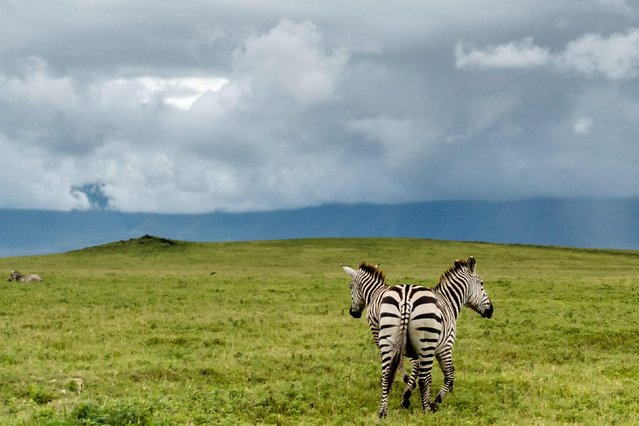10 May 2020 00:01:00,post received
0 comments
Details
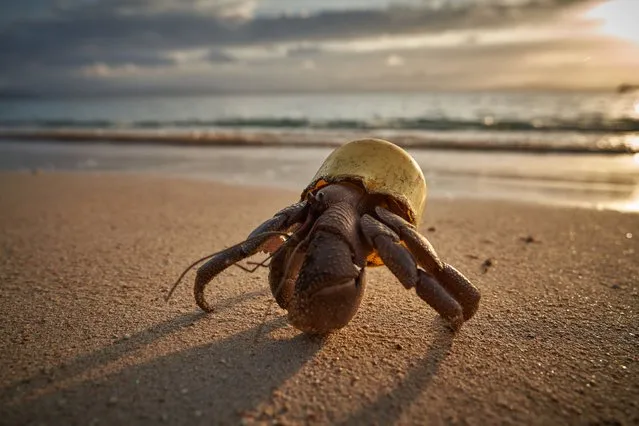
This shot, which was announced the winner by the on December 2, 2022 came top in the People and Nature category of the British Ecological Society’s Capturing Ecology photography competition. (Photo by British Ecological Society)
06 Jan 2023 05:06:00,post received
0 comments

Palestinians walk at the site of Israeli strikes on houses, in Jabalia refugee camp in the northern Gaza Strip on November 21, 2023. (Photo by Abed Sabah/Reuters)
27 Nov 2023 00:17:00,post received
0 comments
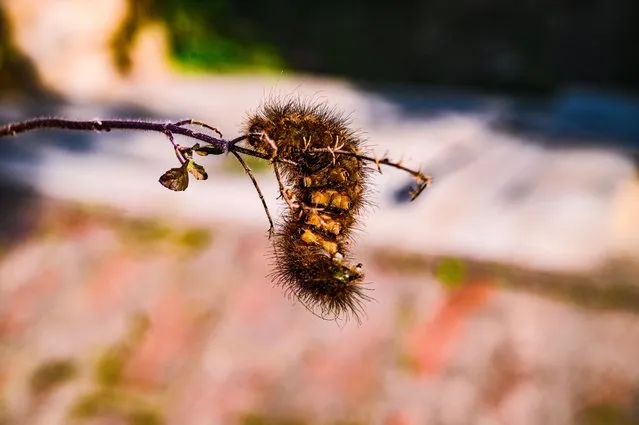
A fuzzy caterpillar on a basil plant in west Bengal, India on December 25, 2023. The caterpillar’s defence system is its hair, which has microscopic barbs that break off easily in the skin of would-be predators. (Photo by Soumyabrata Roy/NurPhoto/Rex Features/Shutterstock)
09 Feb 2024 10:47:00,post received
0 comments
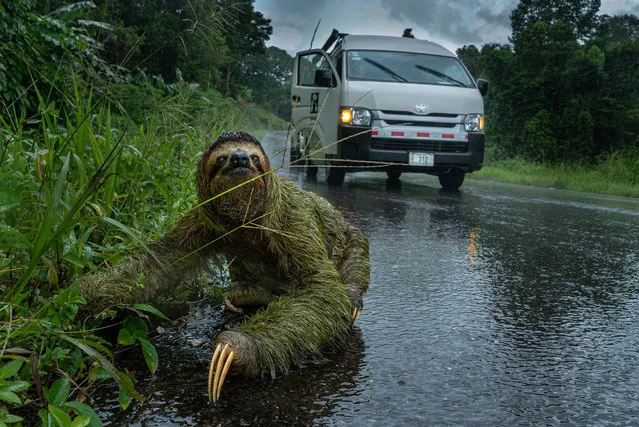
People and Nature category winner: Why did the sloth cross the road? by Andrew Whitworth (Osa Conservation and University of Glasgow), taken in Osa Peninsula, Costa Rica. “I was driving out from the Osa Peninsula, located on the southern Pacific coast of Costa Rica on a dark, stormy day. This female three-toed sloth (Bradypus variegatus) had luckily just about made it across the road, and the drivers of the Toyota on this occasion had spotted her in good time”. (Photo by Andrew Whitworth/2019 British Ecological Society Photography Competition)
30 Nov 2019 00:05:00,post received
0 comments

A Funnel Web spider is pictured at the Australian Reptile Park January 23, 2006 in Sydney, Australia. The Funnel Web is one of Australia's deadliest animals, with a venom that is packed with at least 40 different toxic proteins. A bite from a Funnel Web causes massive electrical over-load in the body's nervous system. Finally, fatalities occur from either heart attack or a pulmonary oedema, where the capillaries around the lungs begin to leak fluid and the patient effectively drowns. Death can come as quickly as two hours after a bite if no medical treatment is sought. Due to advances in anti-venom, there has been no death from a Funnel Web bite in Australia since 1980. Australia is home to some of the most deadly and poisonous animals on earth. (Photo by Ian Waldie/Getty Images)
25 Apr 2011 07:49:00,post received
0 comments

“Thor Heyerdahl (October 6, 1914, Larvik, Norway – April 18, 2002, Colla Micheri, Italy) was a Norwegian ethnographer and adventurer with a background in zoology and geography. He became notable for his Kon-Tiki expedition, in which he sailed 8,000 km (4,300 miles) by raft from South America to the Tuamotu Islands. All his expeditions are shown in the Kon-Tiki Museum, Oslo”. – Wikipedia
Photo: Norwegian anthropologist Thor Heyerdahl with a model of the balsa raft “Kon-Tiki” on which he drifted 4,300 miles from Peru to the Tuamotu Islands, proving his theory that Polynesia could originally have been populated by South Americans. (Photo by Express/Express/Getty Images). 1950
Photo: Norwegian anthropologist Thor Heyerdahl with a model of the balsa raft “Kon-Tiki” on which he drifted 4,300 miles from Peru to the Tuamotu Islands, proving his theory that Polynesia could originally have been populated by South Americans. (Photo by Express/Express/Getty Images). 1950
09 Aug 2011 11:05:00,post received
0 comments
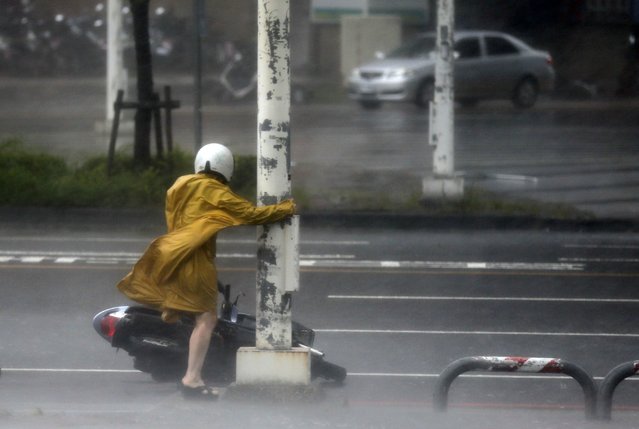
A motorist holds on to a post as she braves high winds and rain of Super Typhoon Meranti in Kaohsiung, southern Taiwan, 14 September 2016. The storm is the strongest recorded since Super Typhoon Haiyan developed in 2013. (Photo by Ritchie B. Tongo/EPA)
15 Sep 2016 09:53:00,post received
0 comments
Last searches:

